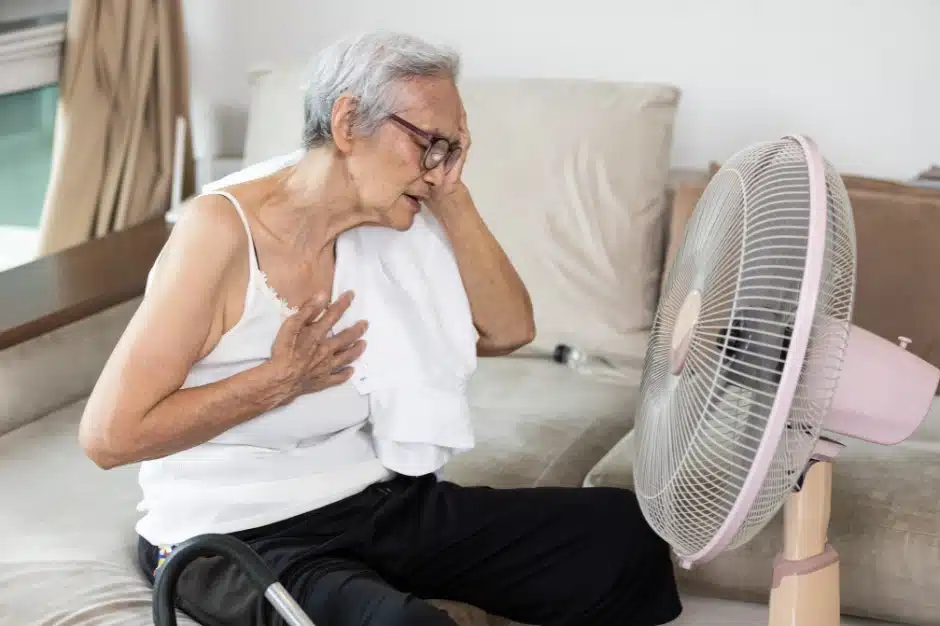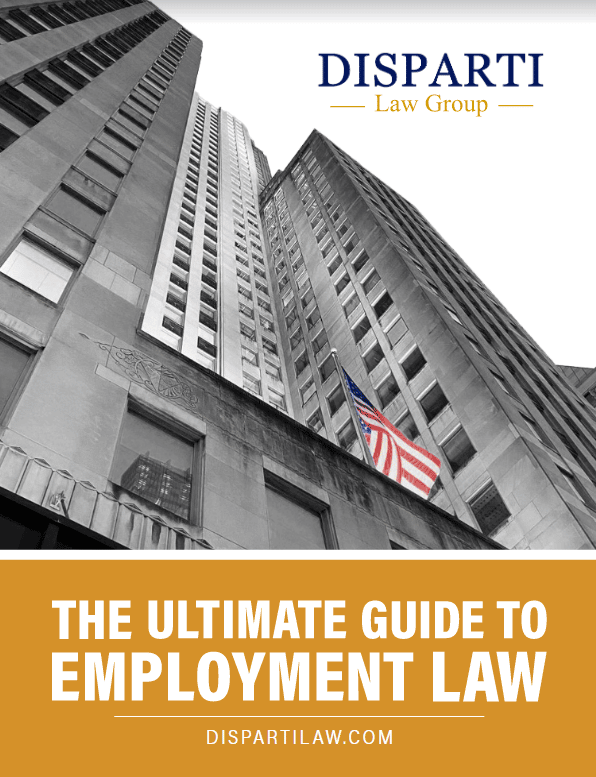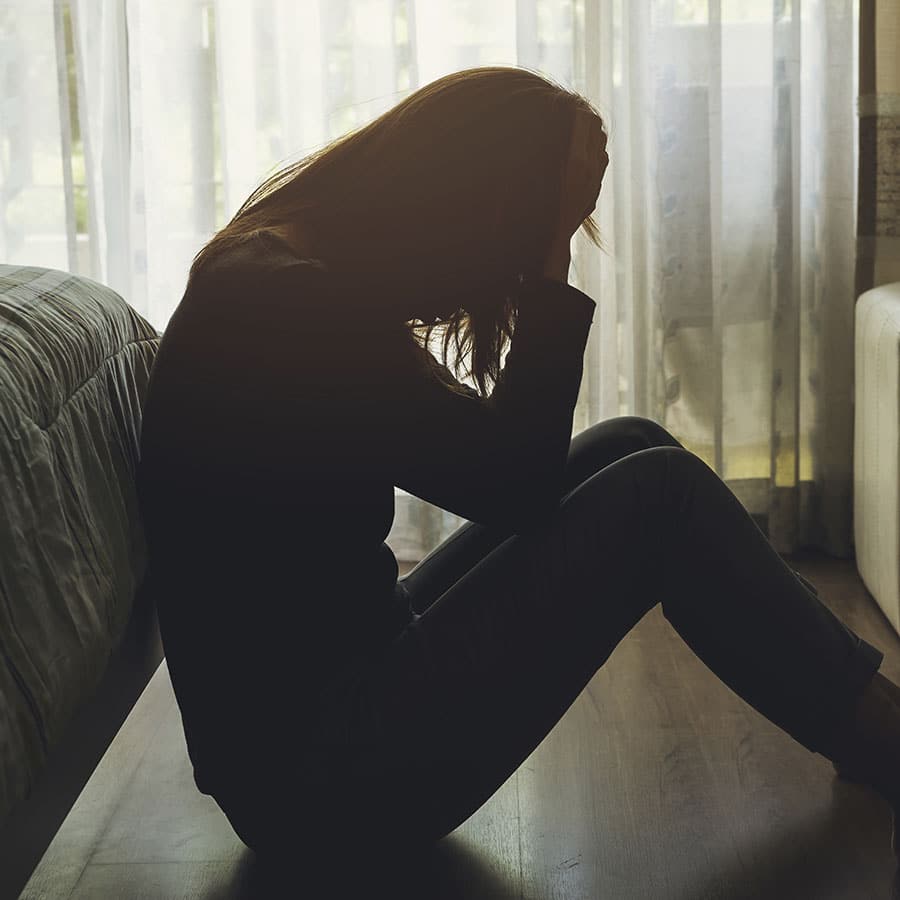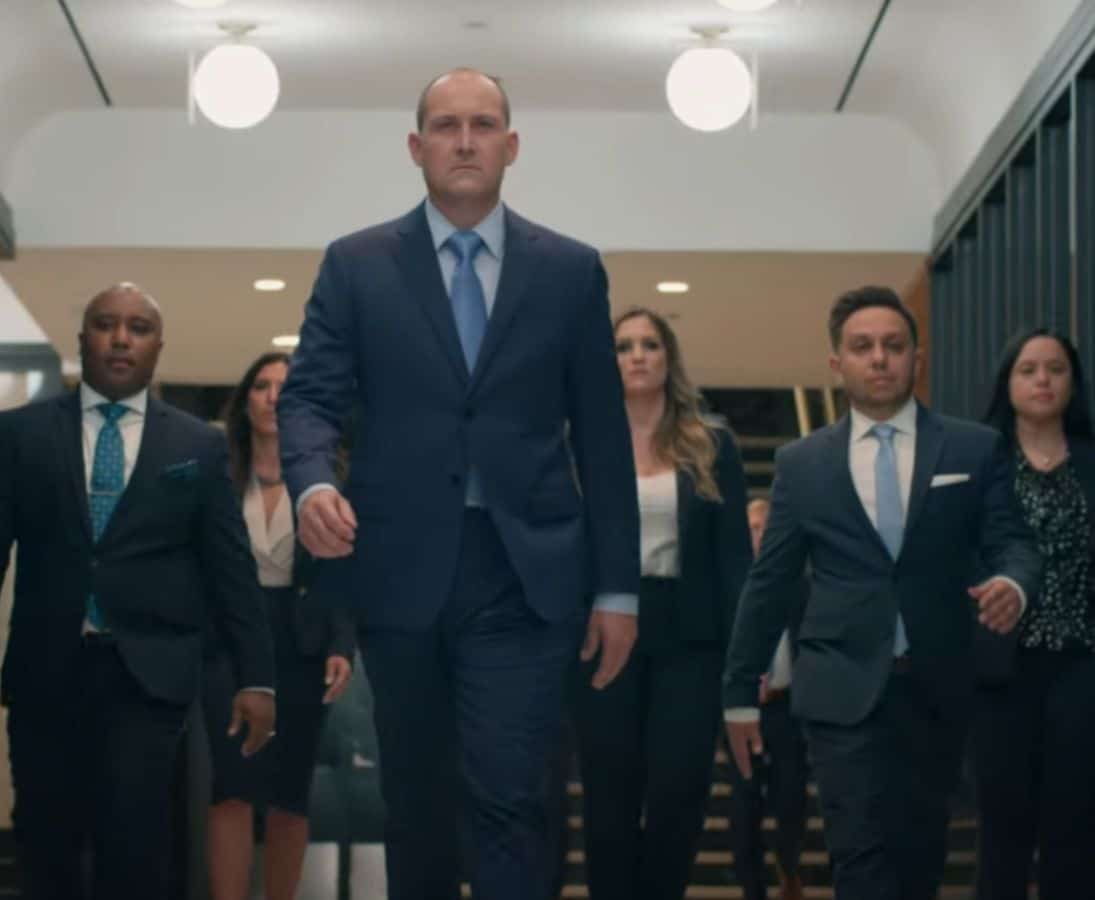The earth’s changing climate has lead to a greater occurrence of extremely hot temperatures each year. The impact of this has resulted in greater dangers for vulnerable populations, particularly the elderly. To prevent heatstroke in nursing home residents in the warmer months, they must be carefully monitored.
It’s imperative that nursing homes are aware of the increasing risk of heatstroke for their elderly residents and know how to prevent and respond to heat-related illnesses such as heatstroke.

In this Article:
- Nursing Home Residents At Risk for Heatstroke
- Signs of Heat Exhaustion in Elderly
- Preventing Heatstroke in Nursing Home Residents
- Heat-Related Illness Sign of Nursing Home Neglect
- Call a Nursing Home Abuse Lawyer
Nursing Home Residents At Risk for Heatstroke
As the temperatures in Illinois begin to sore, nursing home residents are at greater risk of developing a heat-related illness such as heatstroke.
Difficulty regulating Central Nervous System
Medications
Signs of Heat Exhaustion and Heatstroke in Elderly
There is a distinct difference between heat exhaustion and heatstroke. Nursing homes should be aware of how to respond to each heat-related illness before the patient’s condition worsens.
Heat Exhaustion
Heat exhaustion is a condition that arises when the body overheats and is unable to cool down effectively. It is often a precursor to more severe heat-related illnesses like heatstroke. Recognizing the signs of heat exhaustion is crucial for preventing its progression. Common symptoms include:
- heavy sweating
- cold and clammy skin
- fast and weak pulse
- muscle cramps
- decreased urine output
- tiredness
- dizziness
- headaches
- nausea
- vomiting
For nursing home residents, it’s especially important to note any changes in behavior or physical condition, as they may not always be able to communicate their discomfort clearly. Immediate measures should be taken to cool the person down, such as moving them to a cooler place, offering sips of water, and applying cool, wet cloths to their body.
Heatstroke
Heatstroke is a medical emergency that occurs when the body’s temperature regulation system fails, and the body temperature rises to dangerous levels. This condition can be fatal if not treated promptly. The signs of heatstroke include
- high body temperature (104°F or higher)
- hot and dry skin (as sweating may stop)
- rapid and strong pulse
- throbbing headache
- confusion or altered mental state
- seizures
- loss of consciousness
If heatstroke is suspected, it is critical to seek emergency medical help immediately and begin cooling the individual by any means available, such as immersing them in cool water or applying ice packs to key areas like the neck, armpits, and groin. Prompt recognition and response can be life-saving in cases of heatstroke.
Preventing Heatstroke in Nursing Home Residents
As temperatures surge, nursing home operators face the complex task of ensuring the safety of their residents while also maintaining seamless business operations during scorching heat waves.
With the nursing home population being particularly vulnerable to extreme heat, the industry is pressed to develop and implement effective strategies to protect residents and keep their facilities running smoothly.
Hydration and Nutrition
- Provide Regular Hydration
- Avoid Caffeinated Beverages
- Monitor Alcohol Intake
Indoor Climate Control
- Use Air Conditioning
- Electric Fans
- Regular Temperature Checks
Outdoor Supervision
- Avoid Peak Heat Hours
- Appropriate Clothing
- Shade and Rest Breaks
Additional Preventative Measures
- Serve Hydrating Foods
- Limit Physical Activity
- Monitor for Signs of Heat Stress
Heat-Related Illness Sign of Nursing Home Neglect
Nursing home staff must be proactive in preventing heat-related illnesses in their residents. Other heat-related illnesses include:
- heat rash
- Rhabdomyolysis
- Heat Syncope
- Heat Cramps
- Heat Rash
When proper steps are not taken to protect the elderly, this may be a sign of nursing home neglect. Often times, the neglect is the result of severe staffing issues as there may not be enough staff around to catch the warning signs of heatstroke and other heat-related illnesses.
While heatstroke may not be 100% preventable even with sufficient staffing, neglect may also occur if nursing homes do not quickly and promptly treat the sick patient. Immediate action when symptoms appear can be the difference between life and death for the resident.
Nursing homes must have proper protocol and training for how to respond when heat-related illnesses occur. Failure to do so may mean the nursing home was negligent.
Call a Nursing Home Abuse Lawyer
If your loved one suffered injuries or even death due to a heatstroke while in a nursing home, consider speaking to an attorney if you suspect nursing home negligence. These facilities have the responsibility of caring for our elderly patients. When they fall short of this important task, they must be held accountable.
An experienced nursing home abuse lawyer can help get justice for your or your loved one. You may be owed compensation for damages such as medical expenses or even pain and suffering.
Contact our expert team today at (312) 600-6000 and find out why thousands say… Larry wins!









